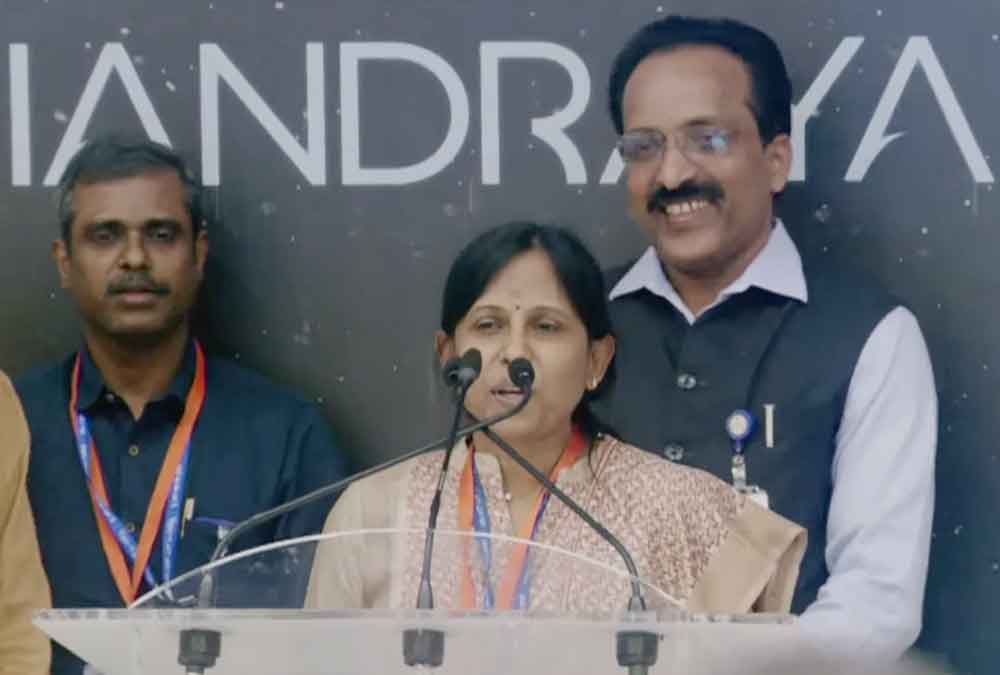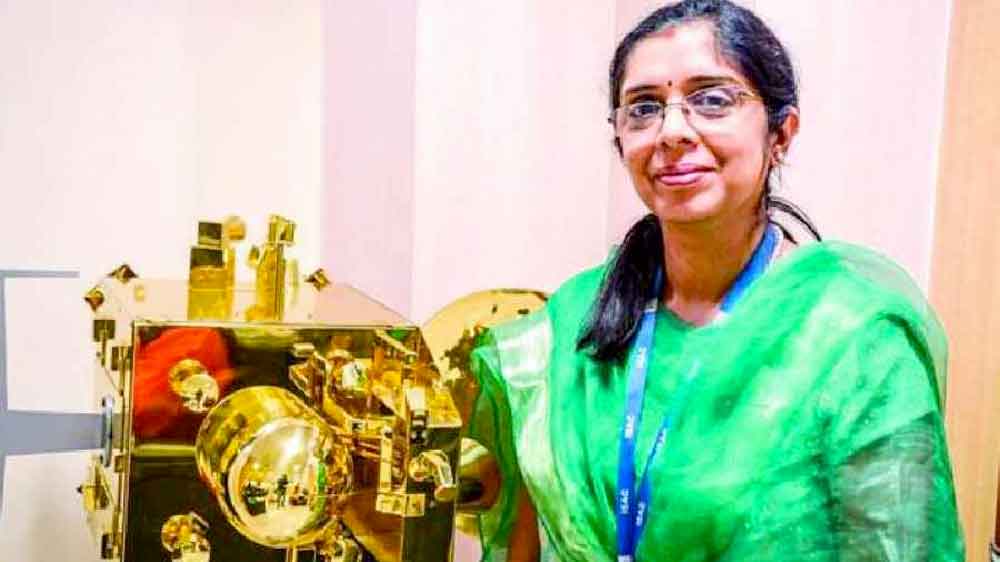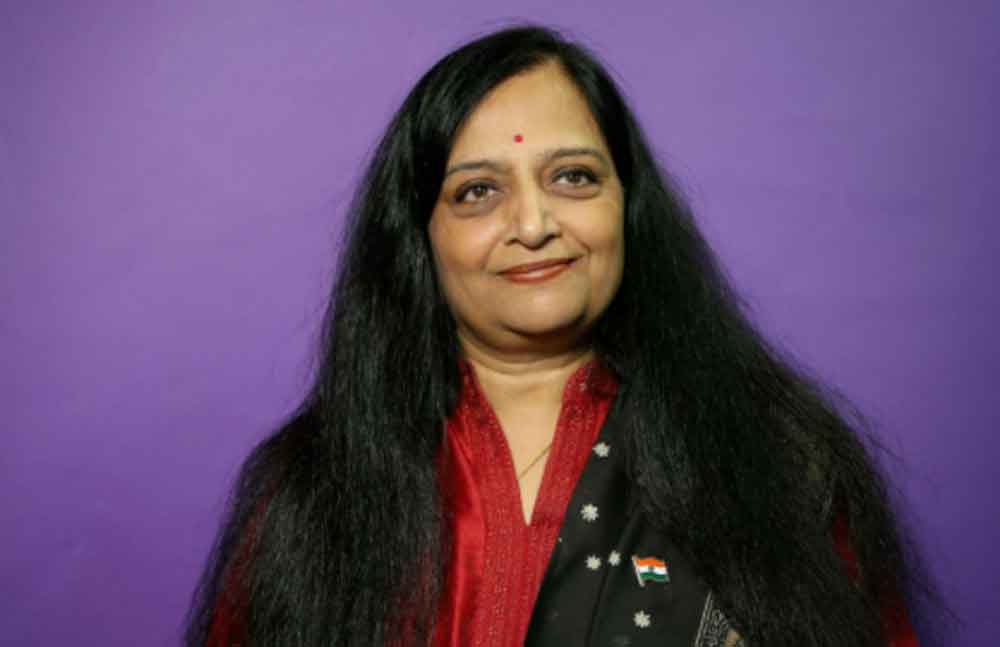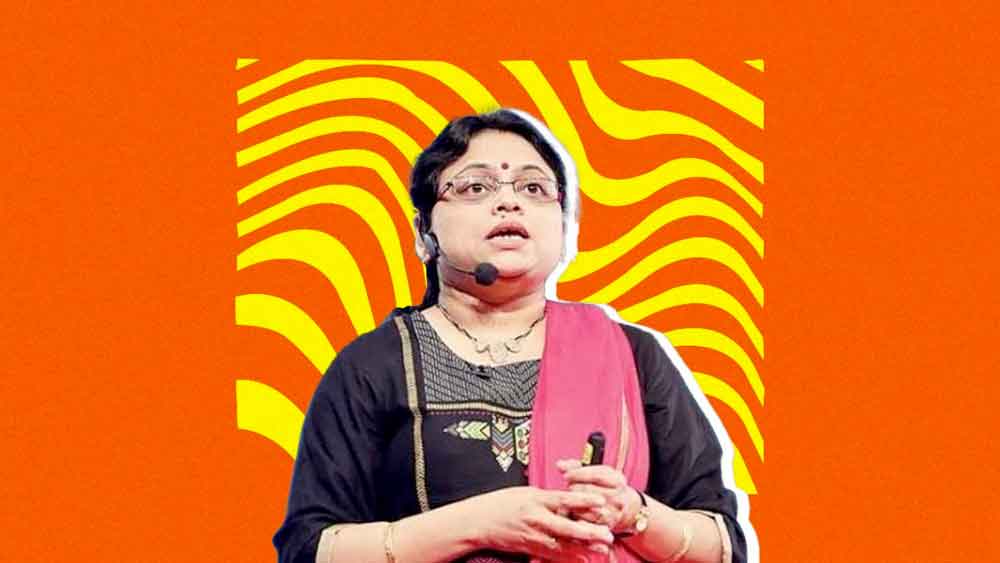Young people worldwide have been inspired by the Chandrayaan-3 mission’s achievement, which has also captivated the global public’s interest. The Indian Space Research Organisation (ISRO), responsible for this incredible feat, overcame the loss of the Chandrayaan-2 spacecraft, which made a rough landing on the moon in 2019. The crew meticulously redesigned and reassembled the lost original spacecraft, the Pragyan rover and the Vikram lander, adding more redundancies such as a larger fuel capacity and an enhanced guidance, navigation, and control system. All within the $75 million overall budget of the Chandrayaan-3 mission, which is less than the budget of your favourite space blockbuster Hollywood film!. An inspiring story of tenacity and devotion, Project Director M Sankaran stated that the project crew had spent the past four years sleeping, eating, and breathing Chandrayaan.
While seeing the mission livestream, it was clear that a remarkable group of women, proudly donning traditional Indian saris and suits, were at the core of the team, changing the perception of what it means to be a space engineer and scientist in mission control. In fact, it has been stated that around 20–25 per cent of ISRO’s 16,000 employees are women.
Several women contributed to the success of the Chandrayaan-3 mission. Here are some of ISRO’s remarkable women scientists, whose dedication and expertise were pivotal in shaping this historic achievement.

Kalpana K | Deputy Project Director, Chandrayaan-3
Kalpana K, born in Bengaluru, Karnataka, is an IIT-Kharagpur alumna who earned a degree in Aeronautical Engineering. The scientist has been employed by ISRO at the UR Rao Satellite Centre since 2003. Her primary responsibilities include building and optimising lander systems, as well as working on projects involving the launch of communication and remote sensing satellites. This made her an invaluable team member of the exceedingly successful Chandrayaan-2 and Mangalyaan (Mars Orbiter Mission) missions. Kalpana was chosen as Deputy Project Director for Chandrayaan-3 because of her commitment and innovative thinking.

Nandini Harinath | Scientist & Operations Specialist, ISRO
When Nandini was younger, she applied for her first job at ISRO, inspired by science fiction and the television series Star Trek. During her distinguished career, Nandini served as the Deputy Operations Director for India’s highly successful Mars Orbiter Mission (MOM).

Anuradha TK | Scientist & Project Director, ISRO
Defying all prejudices, Anuradha TK is one of the few women who powered India’s Mars Mission (Mangalyaan) in 2013. She joined ISRO in 1982 and rose to become one of the highest-ranking women officers in the organisation. She is the ISRO Satellite Centre’s Geosat Programme Director. She effectively dispelled stereotypes regarding the lack of interest in space research among women, by contributing significantly to the launch of the communication satellites GSAT-9, GSAT-10, GSAT-12, GSAT-17, and GSAT-18. She is regarded as the scientist who launched India into space and serves as an inspiration to young women across the nation.

Ritu Karidhal Srivastava | Senior Scientist, ISRO
Ritu Karidhal Srivastava, an award-winning scientist, gained invaluable experience through her previous role as Deputy Operations Director of the previous Mars Orbiter Mission (MOM), Mangalyaan, and Mission Director of Chandrayaan-2. This helped her play a key role as a Senior Scientist in Chandrayaan-3. Ritu’s fascination with space dates back to her childhood, which drove her to pursue a Bachelor’s degree in Physics from Lucknow University, a Master’s degree in Aerospace Engineering from the Indian Institute of Science (IISc), and a PhD in Physics.

Even though women engineers and scientists have contributed to ISRO’s missions for decades, Chandrayaan-3 saw over 100 women play a crucial role in the mission’s conception, design, testing, and execution.
Image source: The Quint, The Telegraph, HerZindagi, edu.ieee, Hindi opIndia